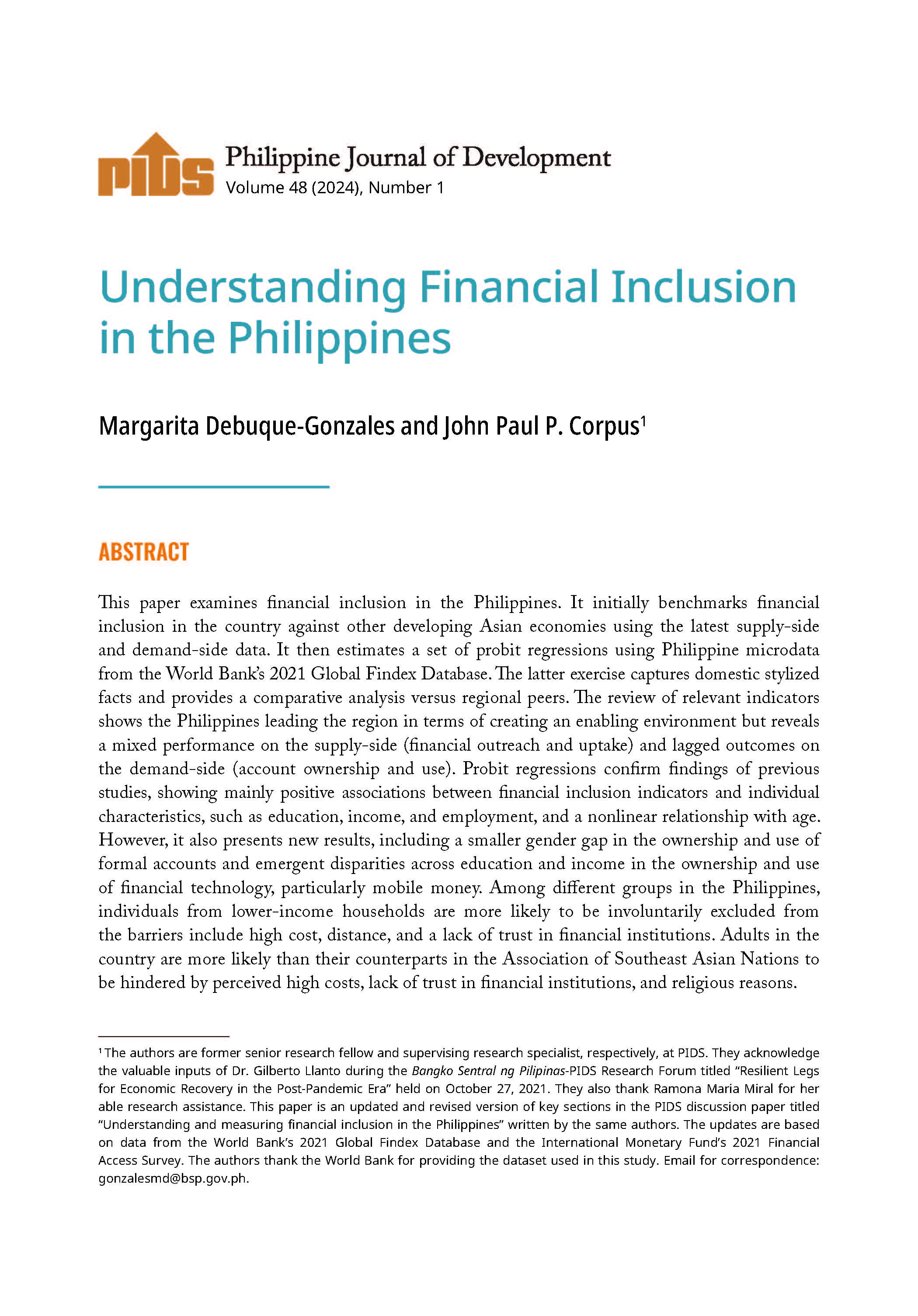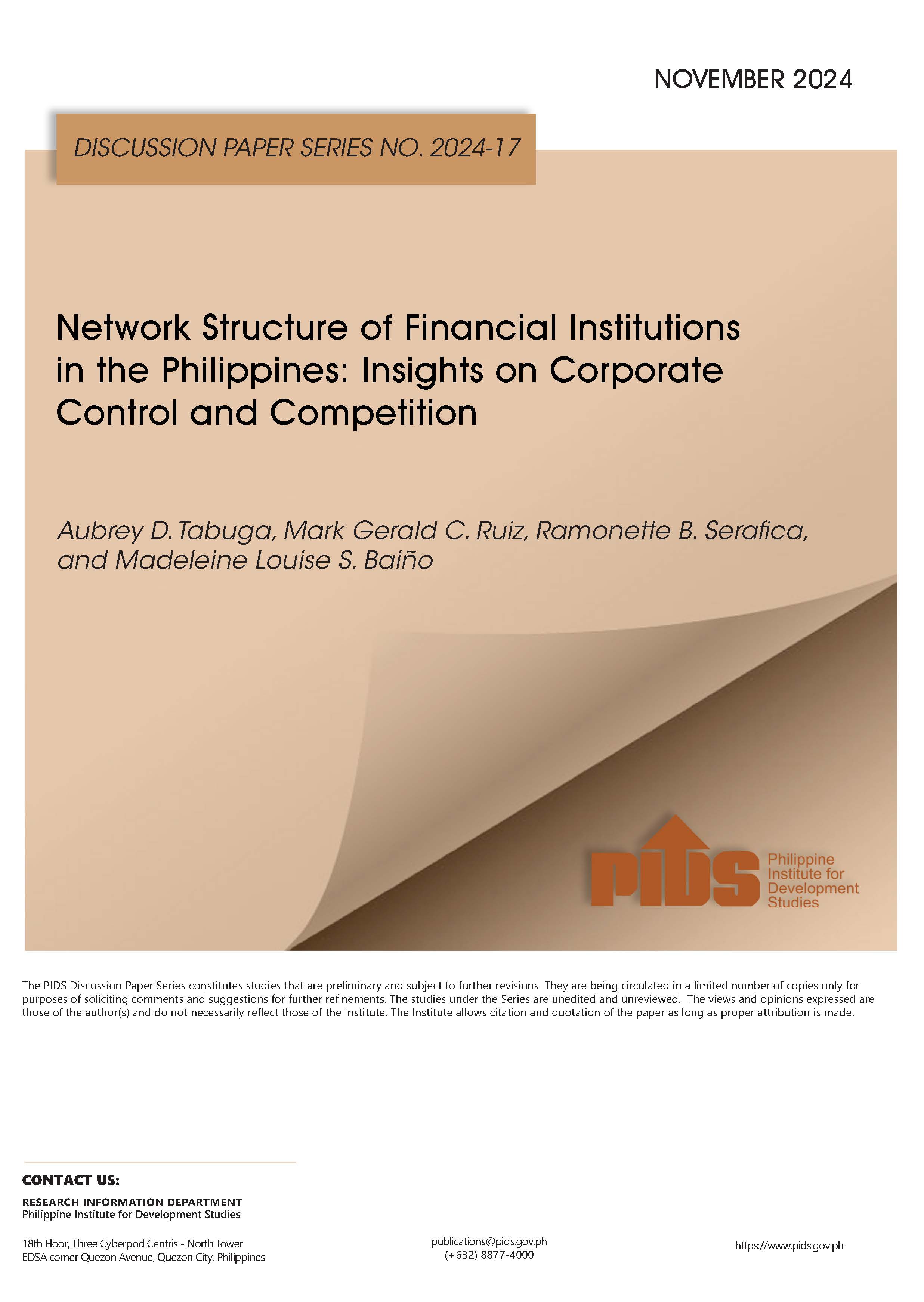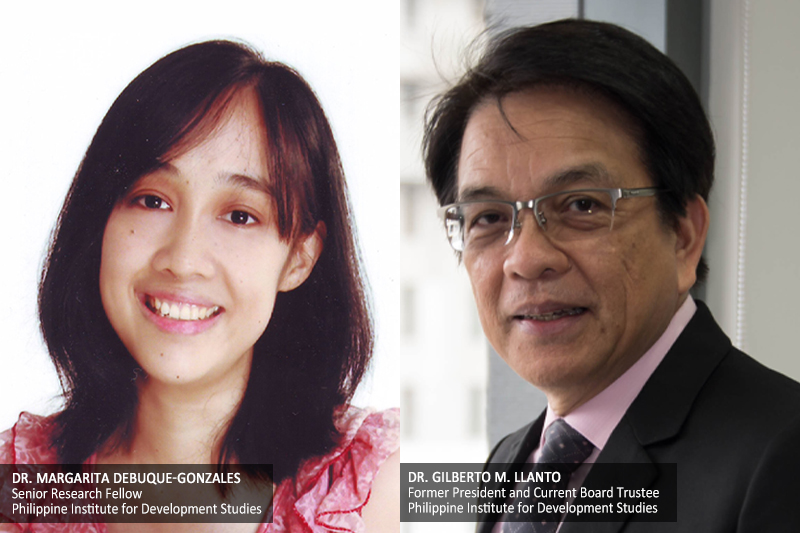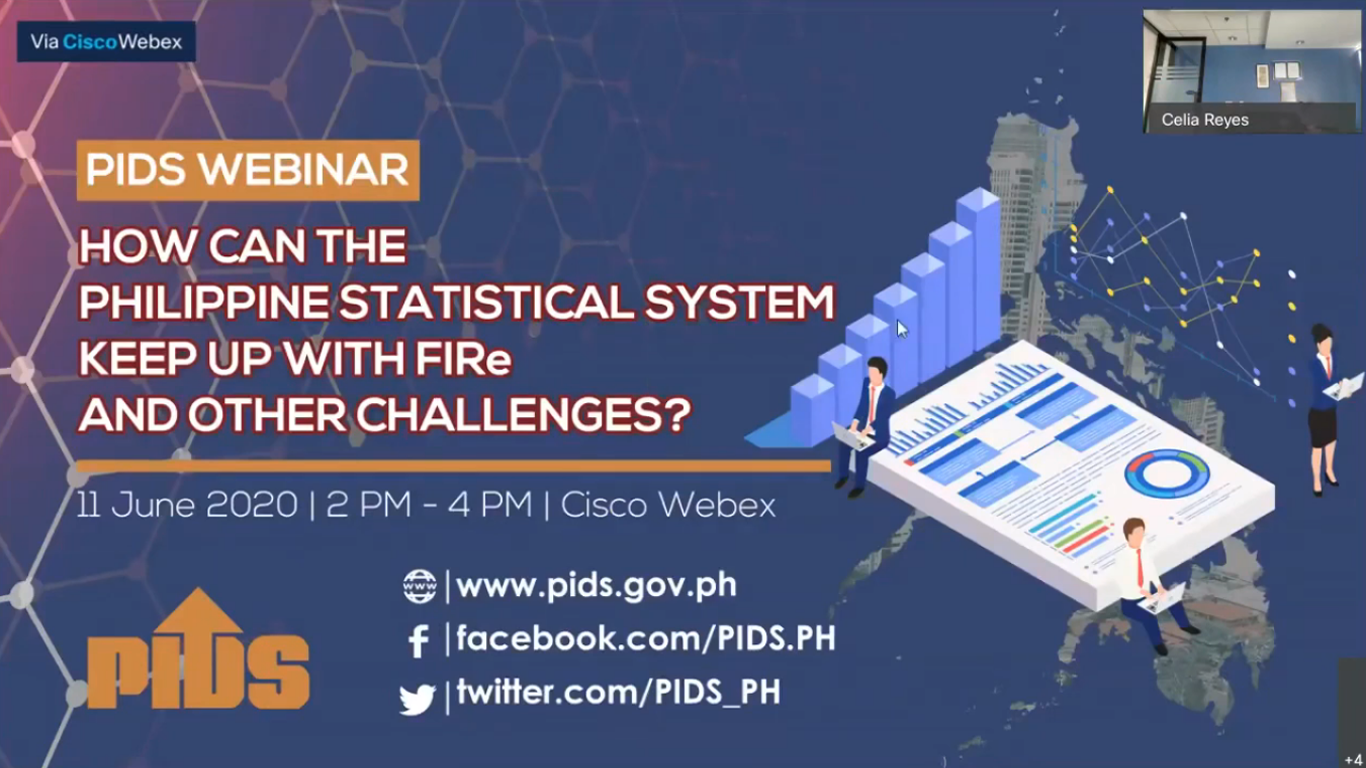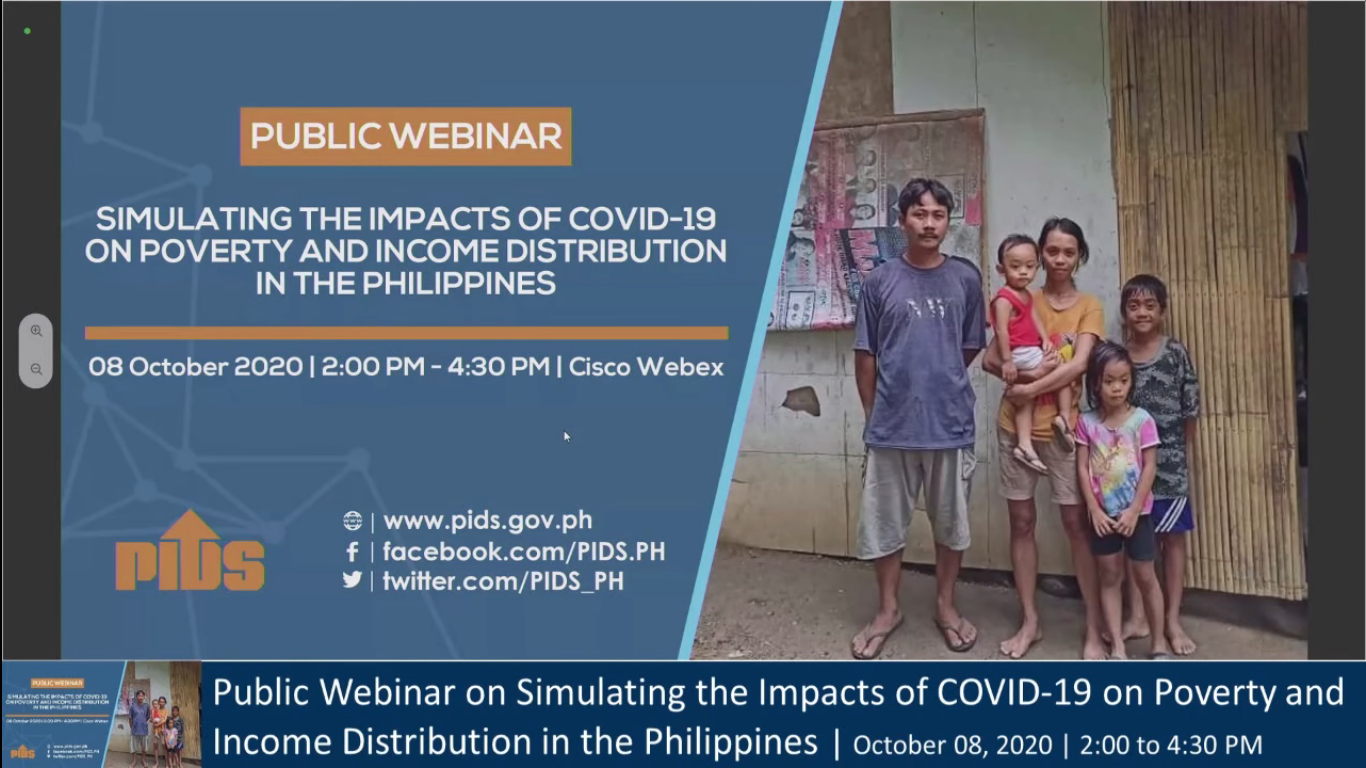Financial inclusion promotes economic growth and mitigates poverty, and financial technology is one of the most effective ways to ensure financial inclusion encompasses and benefits more of the underserved sectors, according to an economic expert. .
Margarita Debuque-Gonzales, senior research fellow at the Philippine Institute for Development Studies (PIDS), said financial inclusion is vital to help individuals and smaller firms invest for the future, manage risk, and enhance productivity.
Financial inclusion—the provision of basic banking and financial services to everyone in society regardless of their income or savings—is linked to long-term economic growth and the reduction of poverty and income inequality, said Gonzales in an online talk during a PIDS-Bangko Sentral ng Pilipinas webinar.
She also highlighted new research forecasting that extreme poverty will rise due to the impact of the COVID-19 pandemic, but that urgent improvements in financial inclusion can substantially lessen this harsh effect.
She continued that studies show that while the Philippines fosters an enabling environment for financial inclusion, it has mixed performance in financial outreach and lags behind other countries in developing Asia in ownership of financial accounts and usage of financial services.
She said less than a tenth of the adult population taps formal credit—among the lowest in developing East Asia.
Moreover, financial exclusion appears “involuntary” for some underserved sectors; some of the reasons cited for this include the bank being too far away, the process being too expensive, lack of documentation, and lack of trust. This indicates “scope for policy adjustment,” Gonzales added.
In her talk she compared how the Philippines is faring against some countries in the region in terms of financial inclusion. She said the country is strong in the areas of financial products and outlets as well as stability and integrity, ahead of countries such as China, India, Indonesia, Thailand, Myanmar, Vietnam and Cambodia.
The Philippines is also relatively strong in policy and consumer protection.
However, it is comparatively weaker in financial infrastructure, such as payment infrastructure, connectivity, digital identification, and credit information.
The Philippines also shows mixed results in access to banks and automated teller machines or ATMs, as measured in the number of branches or units per 1,000 square kilometers and per 100,000 adults.
The nation likewise performs poorly in ownership of financial accounts, coming in second or last in the group in owning a formal financial account, debit card, and credit card, while the country is middling when it comes to owning a mobile money account.
In the use of financial services, the Philippines also trails its Asian neighbors, bringing up the rear in formal saving and placing near the bottom for formal credit, remittance through financial institution, and online payment or purchase. It is positioned close to the middle in mobile phone transaction, however.
Gonzales suggested that financial technology, which describes new technology that works to enhance and automate the delivery and use of financial services, could be key to wider financial inclusion.
“Fintech in the form of mobile money seems most promising, with seemingly the most equitable access among the different forms of financial inclusion,” she pointed out.
“Financial technology seems tailor-made to address the hurdles of financial inclusion because it targets areas such as distance from financial institution, cost of having an account, and having no documentation.”
The expert added that the silver lining of the pandemic is that it has sped up the implementation of the country’s national ID system, helping eliminate documentation barriers to banking and other financial services.
She also suggested that another strategy for greater participation of the financially excluded is to encourage basic or low-fee accounts and correspondent banking, whereby one bank acts as an agent on behalf of other financial institutions.
Another recommendation is to promote consumer protection policies and the use of government-to-person payments to increase financial inclusion.
Meanwhile, on the underdevelopment of formal credit, Gonzales said this can be addressed through policies that improve financial education levels and creation of broader programs to improve math and financial literacy to allow Filipinos better access to formal borrowing sources.
Citing studies showing that financial literacy raises financial inclusion, she said this indicates that “financial education can be an important instrument of financial development.”
Financial inclusion can reduce extreme poverty as an aftermath of COVID-19


